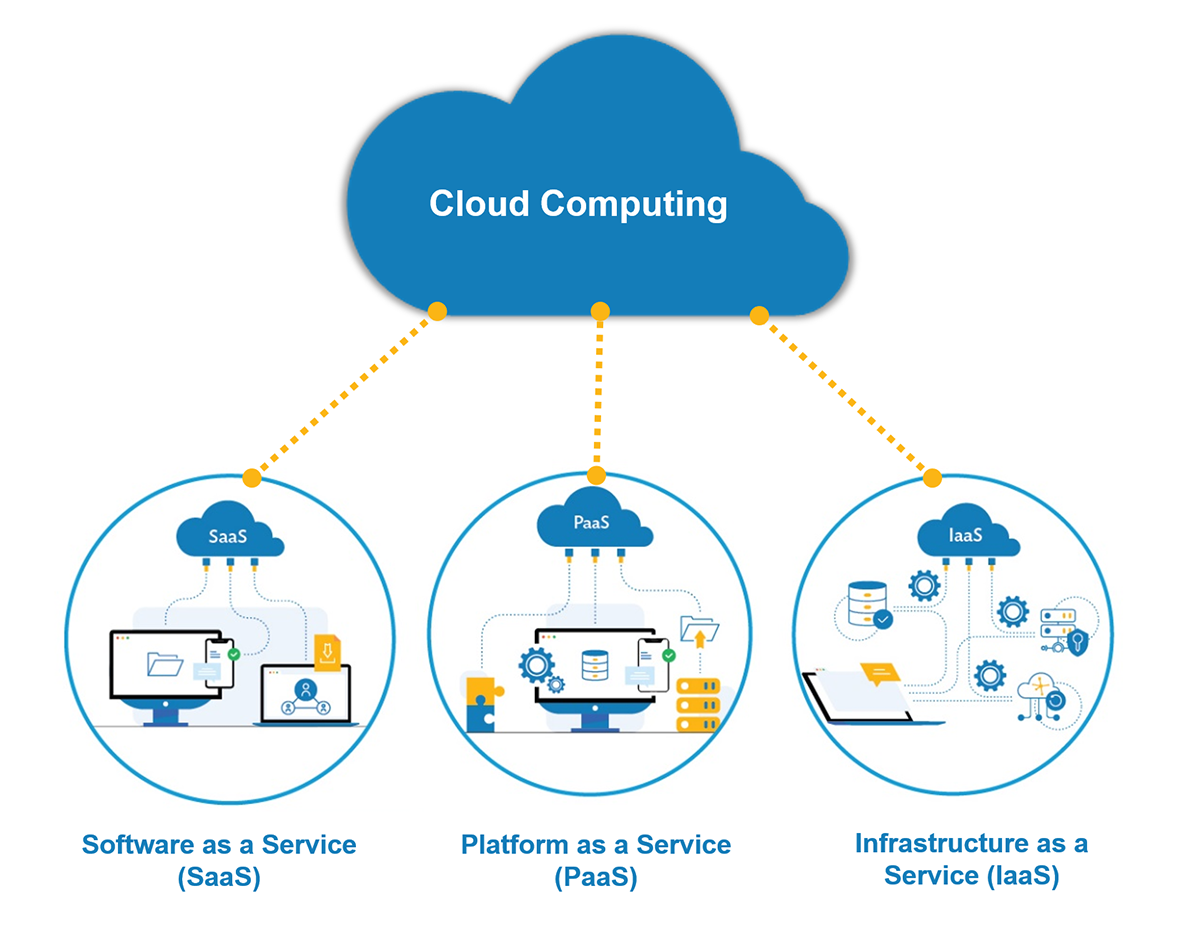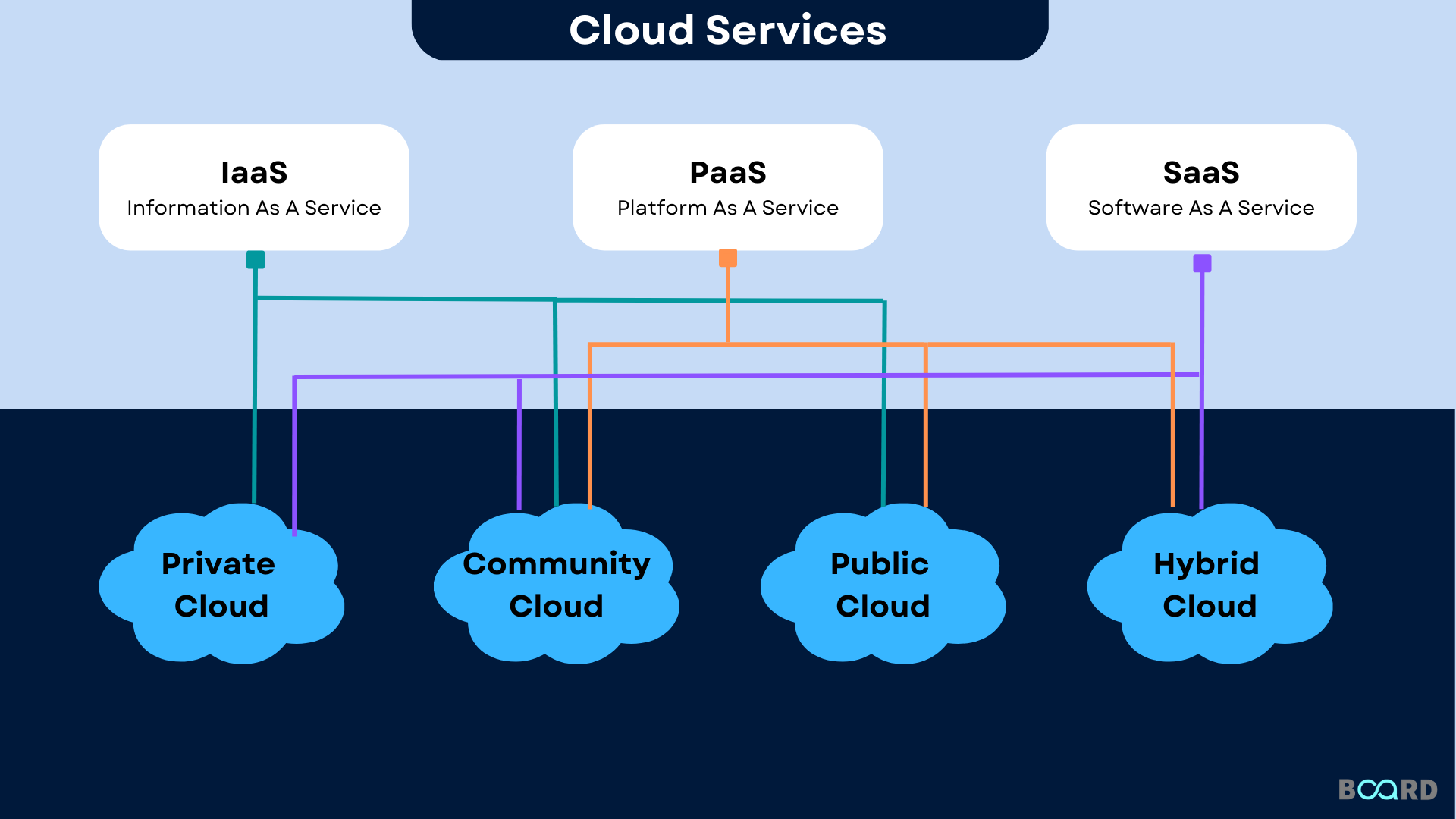Simplify Your Framework With Cloud Solutions
As companies navigate the ever-evolving landscape of modern technology and information administration, the function of cloud services in simplifying facilities has ended up being significantly noticeable. The appeal of streamlined procedures, boosted effectiveness, and boosted resource allowance through cloud solutions is indisputable. The journey in the direction of a much more economical and dexterous IT framework involves more than just migrating to the cloud. It requires a strategic technique and a deep understanding of the nuances of cloud fostering. So, just how can organizations successfully navigate this change and genuinely open the potential of cloud solutions for simplifying their infrastructure?
Advantages of Cloud Solutions
Cloud solutions use a structured technique to handling IT framework, offering organizations with cost-efficiency, flexibility, and scalability. One of the crucial advantages of cloud solutions is the scalability they use.
Additionally, cloud solutions eliminate the need for companies to buy costly software and hardware. This cost-efficiency is a significant benefit, particularly for tiny to medium-sized enterprises seeking to lessen ahead of time prices. By utilizing cloud services, companies can access premium IT sources without the substantial price connected with conventional facilities setups.
Additionally, cloud services provide organizations with the versatility to access their information and applications from anywhere with a web link. This degree of access improves collaboration among teams, enables remote work, and boosts general performance. The adaptability used by cloud solutions equips businesses to adjust quickly to transforming market problems and consumer needs.
Price Savings and Scalability
In enhancement to the operational advantages highlighted earlier, the assimilation of cloud services into a firm's facilities comes up with significant expense savings and improved scalability. Cloud solutions supply a pay-as-you-go version, permitting organizations to scale sources up or down based upon current requirements, thus staying clear of the prices connected with maintaining excess capability. This versatility enables firms to adjust rapidly to changing needs without sustaining unnecessary costs.
In addition, cloud solutions remove the demand for in advance investments in equipment and software, minimizing capital expenditures. Business expenses are additionally minimized as companies no more need to take care of and preserve physical web servers, leading to reduced power usage and IT staffing costs. In addition, cloud solutions provide automatic updates and upkeep, ensuring that the facilities remains protected and up-to-date without needing hands-on treatments.
Boosted Safety Steps
Applying strict safety procedures is critical when incorporating cloud solutions right into a company's framework to protect delicate data and make certain conformity with industry laws. Cloud solution companies supply boosted protection features such as information encryption, firewall software protection, and multi-factor authentication to mitigate cybersecurity dangers.
Furthermore, routine security audits and compliance analyses assist recognize vulnerabilities and ensure adherence to market requirements. Business can also take advantage of features like computerized protection updates and real-time threat tracking provided by cloud solution carriers. By prioritizing protection steps and remaining proactive in resolving potential risks, services can with confidence utilize cloud solutions while shielding their important information from unauthorized gain access to or breaches.
Transitioning to Cloud Facilities
To effectively integrate cloud services right into a business's infrastructure, an organized approach that attends to the shift in the direction of cloud-based solutions is crucial. Transitioning to shadow facilities entails careful planning and execution to make certain a smooth movement process. The initial step is to examine the existing framework and establish which systems and applications are suitable for migration to the cloud. This assessment needs to take into consideration factors such as data sensitivity, conformity requirements, and efficiency requirements.
As soon as the evaluation is full, a migration method should be developed. check this This technique should outline the timeline, sources, and duties for moving each element to the cloud. It is vital to communicate this strategy plainly to all stakeholders to make certain alignment and decrease interruptions during the transition.
Throughout the movement surveillance, testing and procedure are crucial to recognize and attend to any type of concerns quickly. Routine checkpoints must be established to track development and make needed modifications. Furthermore, training for workers on making use of cloud services must be given to ensure a successful transition and make the most of the advantages of the brand-new infrastructure.
Ideal Practices for Cloud Adoption
Effective fostering of cloud services rests on the tactical placement of business objectives with technological capabilities and organizational readiness. To make certain a smooth change to the cloud, organizations must start by performing an extensive assessment of their current framework and determining which workloads are best fit for cloud migration. It is vital to involve vital stakeholders from various departments in the decision-making procedure to obtain buy-in and deal with any concerns early.
One more ideal practice for cloud adoption is to prioritize security and conformity. Organizations has to very carefully evaluate the safety and security procedures supplied by cloud provider and make sure that their information is protected according to industry criteria and governing demands. Implementing robust information encryption, accessibility controls, and normal safety and security audits can assist alleviate dangers connected with cloud adoption.

Conclusion

As organizations navigate the ever-evolving landscape of innovation and data my site management, the duty of cloud solutions in streamlining infrastructure has actually become progressively famous - linkdaddy cloud services. How can services successfully navigate this shift and absolutely open the possibility of cloud services for simplifying their infrastructure?
Cloud solutions supply a structured strategy view to managing IT facilities, giving businesses with versatility, scalability, and cost-efficiency. By using cloud solutions, organizations can access high-grade IT sources without the hefty cost tag associated with typical infrastructure configurations.
To make sure a smooth transition to the cloud, companies need to start by carrying out a comprehensive assessment of their existing facilities and determining which workloads are best fit for cloud migration.